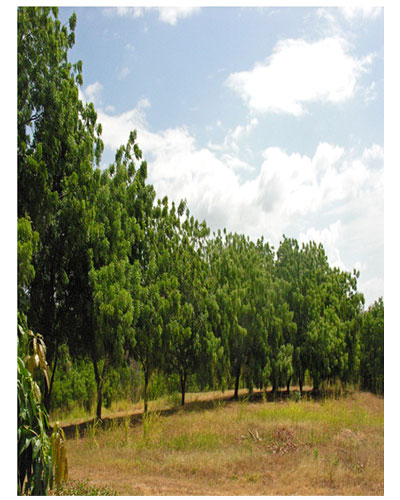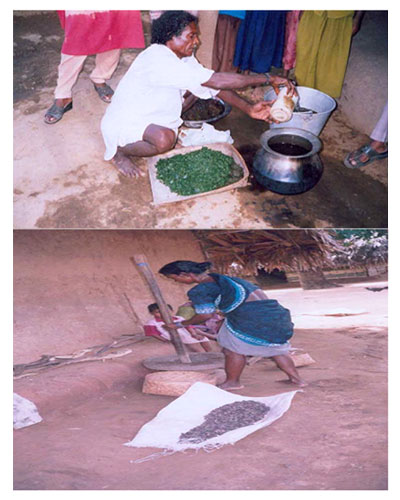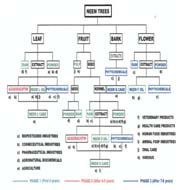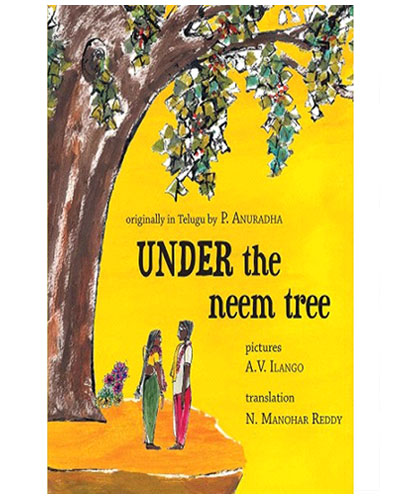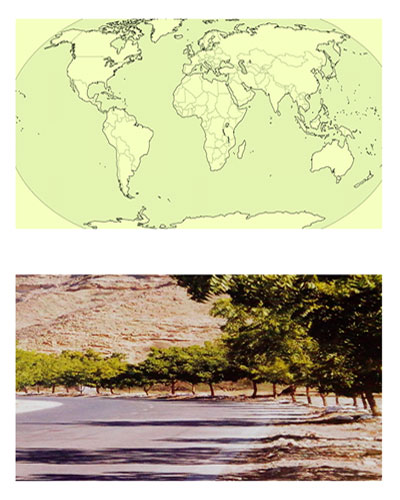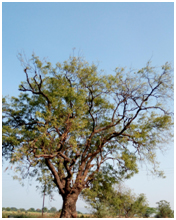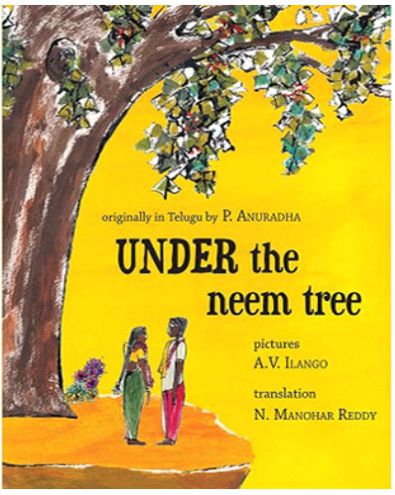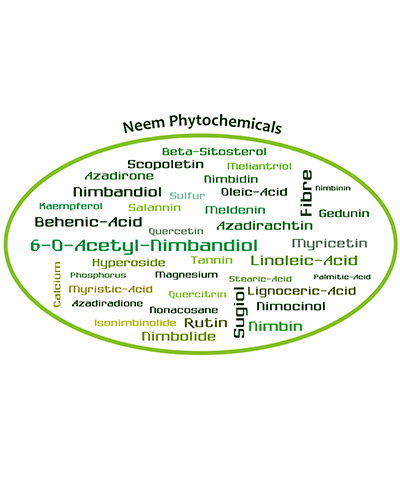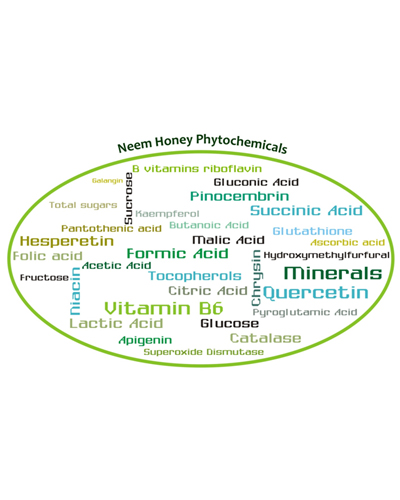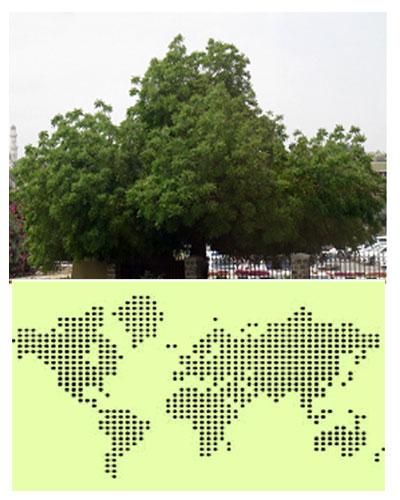Fertilizers, pest management, medicine, timber, fuel wood, fodder etc. are the basic requirements of villages and rural areas all over the globe. Neem can fulfil all these basic requirements. Traditionally Neem is grown in and around the villages and agricultural fields. Neem can be considered as one of the important multifunctional agro forestry tree. Neem should be integrated as an important component of agriculture under various agro-forestry systems. By promoting Neem plantations in any agro-forestry system will economically strengthen the rural community worldwide.
Adaptation of agro forestry on all kinds of waste lands in the developing countries and incorporation of multipurpose, multifaceted tree like Neem will be the best and a wise option. To reclaim and to enhance the productivity of a wasteland is by planting Neem which restores the soil fertility and its richness. Neem got good coppicing ability, and has low mortality rate and that’s why a favourable tree for the agro forestry systems.
Neem plantation on Barren land is highly recommended. Neem plantations on the barren lands will turn them into economically and environmentally productive units. Neem helps to improve fertility of the soil and rehabilitate degraded land. Neem reclaims the degraded land by reducing the leaching loss of Nitrogen and by improving the general health of the soil. Neem rejuvenates unused lands and improves productivity of even soils unsuitable for farming. Neem prevents soil erosion in semi-arid climates. Thus through Neem Plantation the pedagogical condition of the barren soil can be rectified.
There is a need for concerted efforts to sensitize and motivate the farming community to plant Neem trees on unused lands. The farmers in particular and the public in general need to be educated on the economical and ecological significance of Neem and Neem –based products. Planned Neem plantation play a very important role for the economic upliftment of the rural area.
A study in India showed that the direct income from 29782 hectare of barren land transformed to Neem plantation is above Rs 35 crore/annum (US$ 5,456,500.00) from the 6th year onwards. This increases with every passing year. This income is just through the sale of Neem oil, cake and leaves, to the industries involved in fertilizer, pesticide, pharmaceutical, veterinary, cosmetics & personal care products.
The NGO’s, co-operatives and the volunteers of educational institutions can do a lot in carrying the message across the targeted farm and non-farm population. Local govt sponsored massive Neem plantation programme involving the departments of agriculture and forest and also the willing participation of farming community will significantly change any country’s landscape greener and economically richer.


